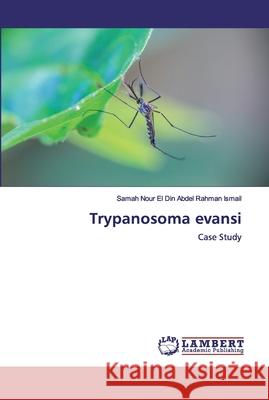Trypanosoma evansi » książka
Trypanosoma evansi
ISBN-13: 9786200788085 / Angielski / Miękka / 2020 / 76 str.
Trypanosomes found in mammals (including humans) are blood and sometimes tissue parasites of the order Kinetoplastida, family Trypanosomatidae, and genus Trypanosoma. They are principally transmitted by biting insects, in which most of them undergo a biological cycle. They are grouped into 2 sections: Stercoraria, which develops in the posterior part of the insect digestive tract and includes Trypanosoma cruzi which is both an extra- and intracellular parasite that is responsible for Chagas disease; a major human disease affecting 15 million people and threatening 100 million in Latin America (Coura and Borges, 2010). Section 2 is Salivaria. The members of which develop in the anterior part of the insect's digestive tract. The salivarians include the main African livestock pathogenic trypanosomes, as well as the agents of sleeping sickness; a major human disease affecting around half a million people and threatening 60 million people in Africa (Rodgers, 2009).











